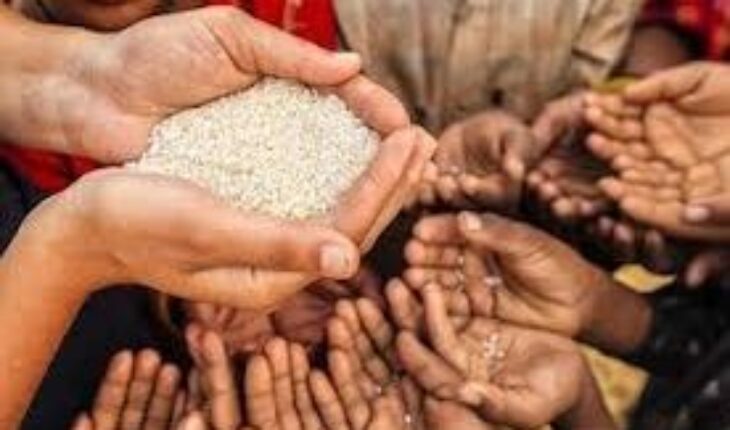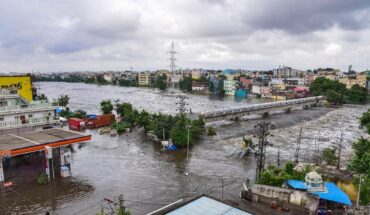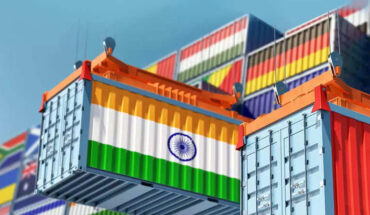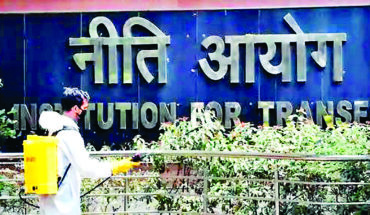This year’s Global Hunger Index (GHI) places India in the company of Sudan — rank 94 among 107 countries — with the unedifying assessment of the national situation as “serious”. The country’s score of 27.2 is the worst among BRICS countries, and inferior to Pakistan, Sri Lanka, Bangladesh and Nepal. The evidence from the NFHS-4 of 2015-16 is not very different. It was found that under-five stunting from chronic undernourishment stood at 38%, and wasting, a result of acute lack of nutrition, at 21%. These data represent some progress, at a drop of about 10 percentage points in both categories compared to a decade earlier, although steady economic prosperity should have yielded a far bigger social dividend. The latest GHI measure is a reminder that much work is necessary to bring the true benefits of the National Food Security Act to the unreached, not merely as hunger mitigation through cereals, but as nourishment through a diverse diet that includes fat, protein and micronutrients. But there are worrying indications that the Centre has chosen the wrong course. In its pursuit of fraud within the PDS, it is inclined to take hard measures that would deprive the disabled and the elderly of even cereals, by insisting on biometric verification to get supplies. Strengthening the PDS, with a focus on women’s health, would lead to healthier pregnancies, and stronger supplemental nutrition under the ICDS scheme would give children a better chance at all-round development. The importance of sustained, immediate intervention is further underscored by recent findings of International Food Policy Research Institute scholars that three out of four rural Indians cannot afford a balanced, nutritious diet. The right to food is of no use if a large section of Indians remain hungry, stunted and wasted.
Objective of right to food fails as hunger prevails
Published Date: 28-10-2020 | 11:32 am





